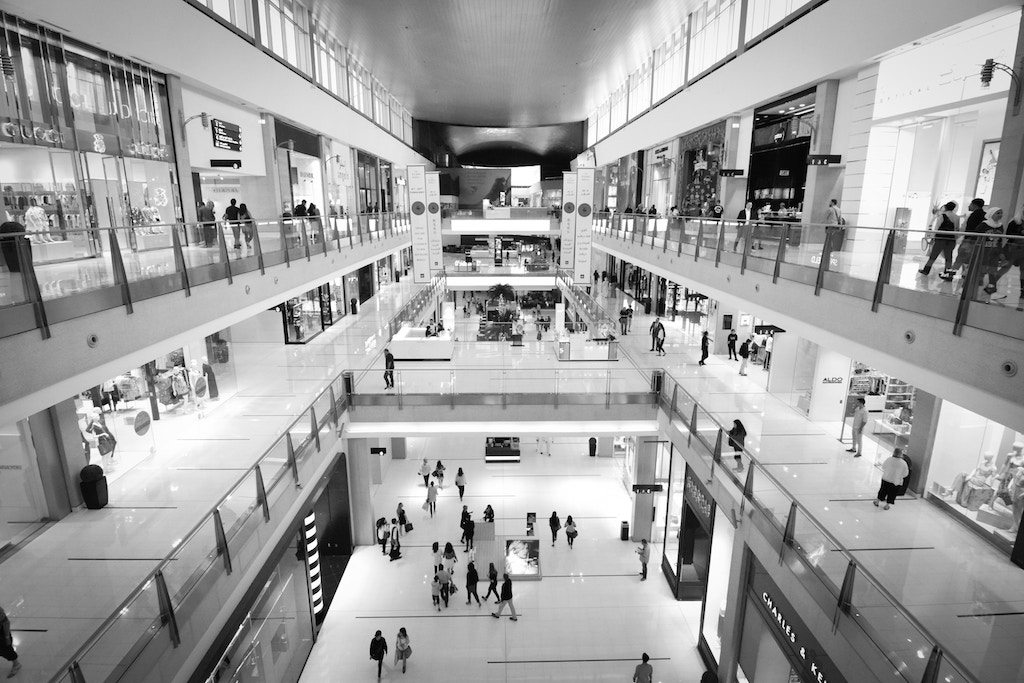
SHOPPING HAS BECOME COMPLEX
A little while ago our market was home to relatively few retailers and consumers followed a few key trends from season to season. Few retailers + few key trends = SIMPLE SHOPPING. Technology has progressed, over this time and has become the problem and the solution. As a result of globalization our market is now home to so many options. Therefore, shopping and decision-making has become more complex. Global brands are dishing out trends faster than consumers can react. Customers are struggling to decide where to buy from and what to buy.
CONSUMER INSIGHT
The consumer is awaiting the next invention that can make shopping even more connected and seamless. The biggest connection a consumer has daily is the connection with the digital world. Today people see more online. Fashion is about visuals. It’s a picture that expresses something the consumer connects with. It is this connection that causes them to act and purchase an item. These items are often first seen on social media. However the connection is lost when they enter a shop. Most consumers can’t recall any digital mediums in the stores they shop at besides using technology to pay for their items. Consumers have expressed that they do want to see more technological mediums within the store space for the multiple benefits it may offer. This includes less effort and immediacy which makes shopping more enjoyable.
TECHNOLOGICAL TRENDS
By using the power of social media, mobility and analytics retailers have solutions to make shopping very simple for consumers.
First there are a few technological trends that are turning consumer norms on its head. These include the Internet of Things (IoT), radio-frequency identification (RFID) and machine learning. This is the technology that makes the shopping experience easier. Consumers don’t have to wait for door delivery, thus killing any time constraints. It allows for online-purchase and in-store pick-ups as well as faster checkouts in-store. Therefore the consumer spends less time in store and has more time to do what they love, it also limits bad service. The consumer has a greater sense of control over what they purchase, when they purchase and how they purchase.
OPPORTUNITIES
As most consumers don’t have an inherent sense of style, in-store decision making is confusing. They are exposed to a huge amount of ‘data’. Various colours, styles and trends. Deciding which is right for them and the occasion needs assistance. That’s where a “stylist” and technology provide an in-store solution.
Through the above mentioned technological trends and strategic data storage technology brands can make shopping simpler. Allowing consumers to pick and choose trends, seasons, occasions, influencers from in-store screens which help them to make more well-informed choices. This is both a credit to retailer and it will help with the product return rate. Consumers will make less decisions based off time constraints or lack of information in-store.
Inspiration -> Experience -> Purchase
The more inspired a consumer is the more likely they are to buy a product. An experience that allows for inspiration followed by a seamless digital experience will lead to purchase.
Brands can execute the technological trends through digital signage (in-store screens) that allow for personalization. Smart mirrors will allow for immersive experiences where consumers can try on clothes without having to put them on. Currently wrist movement payment has been implemented by McDonalds. This is a technological advancement that makes payment quicker and simpler. Payment can be even quicker through self-checkout.
In conclusion the technology for South African retailers to implement in-store is there to transform the way consumers shop. Making it simpler!
Sources:
https://www.cnbc.com/2016/12/23/three-new-tech-trends-for-retailers-in-2017.html
https://www.coursera.org/learn/machine-learninghttps://www.business.com/articles/technologies-changing-retail-landscape/





